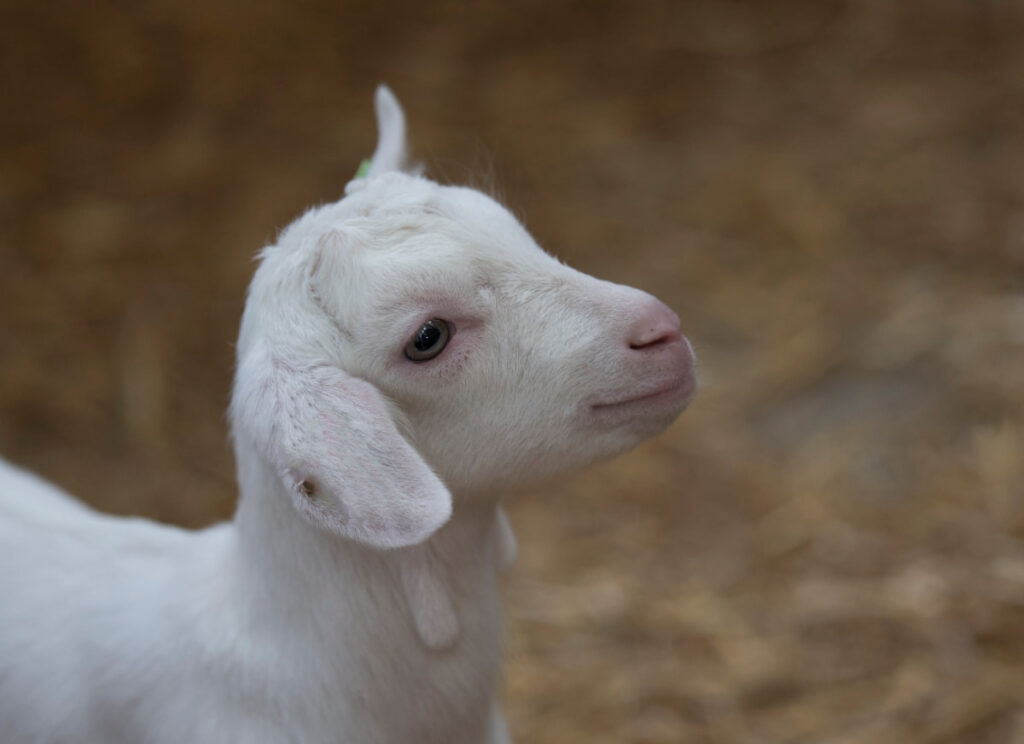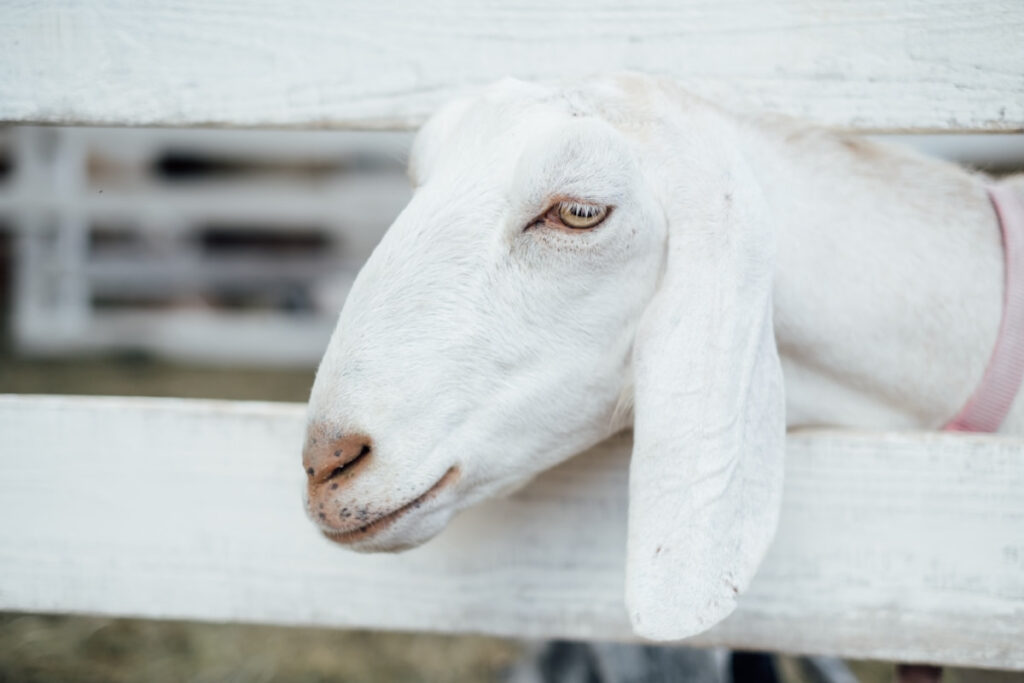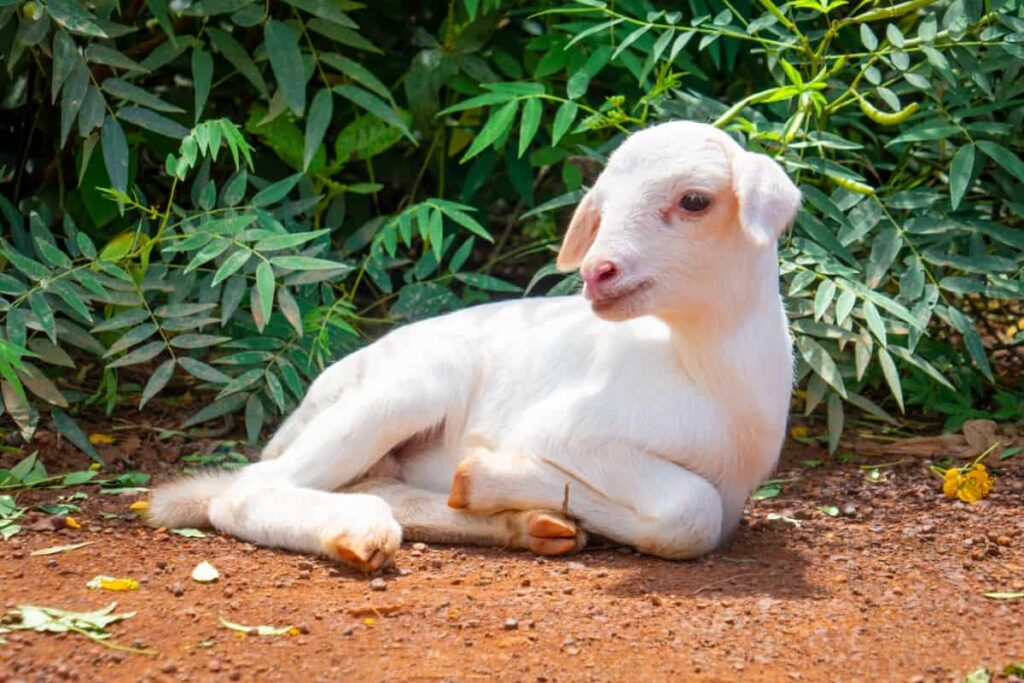Originating from Madhya Pradesh, these unique creatures are known for their striking white color and majestic horns. Malwa Goats are known for their versatility and adaptability to various climate conditions, making them an ideal choice for many farmers. Their ability to produce ample amounts of milk makes them valuable in dairy farming operations.

Origin and History
The Malwa Goat, originating from Madhya Pradesh, has a rich history that dates back centuries. The breed’s lineage can be traced to the region of Malwa in central India, where it was initially developed for its milk-producing qualities. Throughout the years, Malwa Goats have been selectively bred to enhance their genetic traits and optimize their milk production capabilities.
This selective breeding process has resulted in the development of an adaptable goat breed that thrives in various environmental conditions. Over time, these hardy animals became an integral part of rural households, providing sustenance and economic stability to many families.
Physical Characteristics
These goats are known for their medium-sized bodies and strong build, making them resilient in various environmental conditions. The main feature of Malwa goats is their horns, which add a touch of uniqueness to their overall look. The females typically weigh around 30.68 kg, while the males can reach an average weight of 41.20 kg. Their sturdy legs and compact body make them well-suited for grazing in different terrains. Additionally, their ability to adapt to changing climates makes them a popular choice among goat farmers looking for hardy breeds.
Habitat and Distribution
The Malwa Goat, known for its white coat and horns, thrives in various habitats due to its adaptability. Originating from Madhya Pradesh, these goats have spread across different regions over the years. They can be found in semi-arid environments where they graze on a variety of vegetation. Their distribution has expanded beyond their place of origin, with farmers raising them in diverse climatic conditions.
From the plains to hilly terrains, Malwa Goats have shown resilience and the ability to thrive in different landscapes. These goats are well-suited for intensive farming systems and extensive grazing setups. Their versatility makes them popular among farmers looking for a breed that can withstand varying environmental factors while still maintaining good health and productivity levels.
Breeding and Reproduction
Breeding Malwa goats is a crucial aspect of managing a successful goat farm. Proper breeding practices ensure the health and productivity of the herd. When it comes to reproduction, Malwa goats are known for their high fertility rates and adaptability to different breeding methods. It’s essential to carefully select a healthy and genetically superior breeding stock to maintain the desired traits in future generations.
Breeding season typically occurs during specific times of the year when females are in heat, signaling their readiness for mating. Proper nutrition and healthcare play a significant role in supporting successful breeding outcomes. Ensuring that both males and females are in optimal health before mating can increase the chances of conception and healthy offspring. To ensure a healthy herd, it is essential to pay attention to proper breeding practices and reproductive management.
In case you missed it: How AI is Useful in Goat Farming: Precision Practices with AI-Driven Solutions

By following the right techniques and guidelines, farmers can improve the quality of their goats and increase their overall productivity. Remember, successful breeding requires careful selection of breeding stock based on desired traits, proper mating procedures, and adequate nutrition for both male and female goats. Additionally, monitoring the reproduction cycle and providing necessary veterinary care will contribute to the health of the animals.
Health and Veterinary Care
Ensuring the health and well-being of your Malwa goats is crucial for their productivity and longevity. Health check-ups are essential to monitor their overall health status and address any issues promptly. Proper vaccination schedules should be followed to prevent common diseases that can affect goats. Maintaining a clean living environment for your goats is also vital in preventing the spread of illnesses. Regular cleaning of their shelters, feeding areas, and water sources can help reduce infections.
Providing goats with a balanced diet rich in nutrients will support their immune system and promote optimal health. It is important to observe your goats closely for any signs of illness or distress, such as changes in appetite, behavior, or physical appearance. Early health problem detection allows for timely intervention and treatment by a qualified veterinarian. By prioritizing the healthcare needs of your Malwa goats, you can ensure they lead happy and healthy lives on your farm.
Feeding and Nutrition
A good diet is crucial for their overall health and productivity. These goats thrive on a diet that includes roughage, grains, and supplements to meet their dietary requirements. Roughage such as hay and grass should make up the majority of their diet to aid in proper digestion. Additionally, grains like corn or oats can provide essential energy for growth and milk production.
It’s important to ensure they have access to clean water at all times. Supplements like mineral blocks or salt licks can also be beneficial in providing necessary vitamins and minerals that can be lacking in their primary feed. Monitoring their intake is key to preventing deficiencies and maintaining optimal health.
Economic Importance and Uses
These goats are valued for their high milk production capacity, making them a profitable choice for dairy farmers. The milk produced by Malwa Goats is rich in nutrients and is used to make dairy products like cheese, yogurt, and butter. From their valuable milk production to their hardy nature and adaptability, these goats have a significant impact on the agricultural industry.
In case you missed it: Mastering Thuringian Goat: The Ultimate Guide for Beginners

Management Practices
Providing a clean-living environment is essential for these animals to thrive. Regularly cleaning the barn or pasture will help prevent diseases and maintain hygiene. Feeding Malwa goats with a balanced diet rich in nutrients is crucial for their growth and development. Make sure they have access to fresh water at all times, especially during hot weather. Additionally, incorporating mineral supplements into their diet can help meet their nutritional needs.
Vaccinations should be administered as recommended by a professional veterinarian to prevent common diseases. Implementing proper fencing around the grazing area will protect the goats from predators and keep them secure. Providing shelter from extreme weather conditions is also necessary for their well-being. By following these guidelines and dedicating time and effort to proper care and management, you can successfully raise Malwa goats and potentially build a thriving goat farming business.
Note: The images presented in this post are intended solely for representation purposes. The images are meant to serve as visual aids and should not be relied upon as accurate representations of their real-life counterparts.
- Types of Grass Growing for Goat Farm
- How to Train Goats for Milking: A Beginners Guide
- Goat Milking Practices and Equipment: A Beginner’s Guide
- Goat Farming for Fiber: Producing Mohair and Cashmere
- Maximizing Goat Milk Production: Tips for Dairy Goat Farmers
- Goat Farming as a Family Business: Strategies for Success
- Profitable Kenya Goat Breeds for Commercial Dairy and Meat Business
- Unlock the Secrets of Oberhasli Goat: Discover Raising and Management Practices
- Ultimate Guide to Myotonic Goats: Explore Profile to Raising